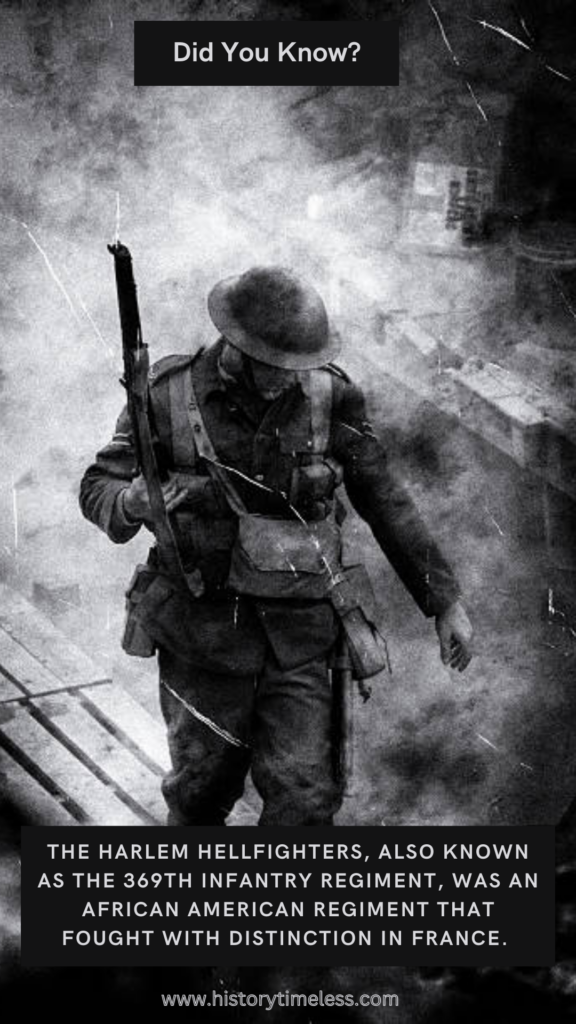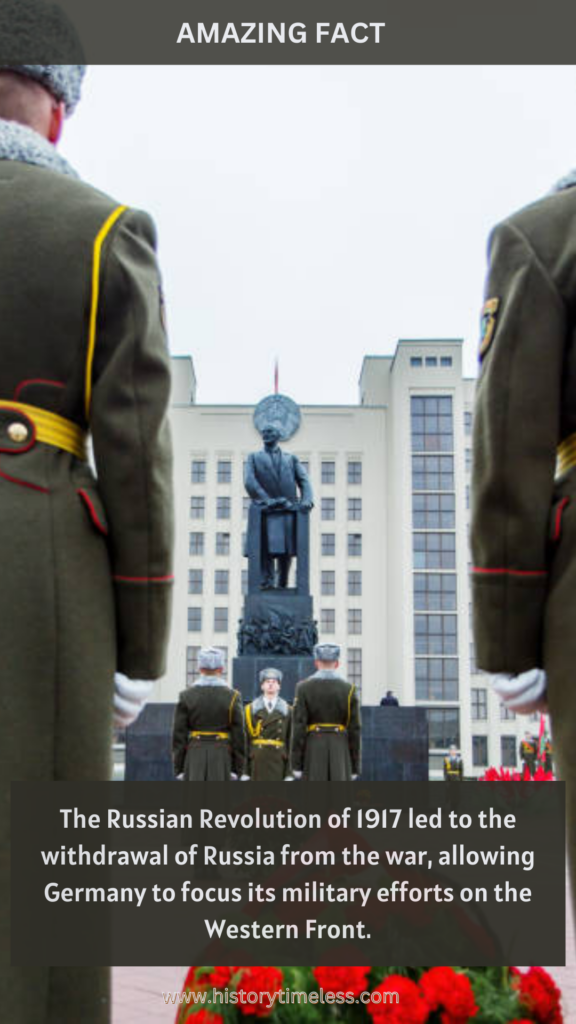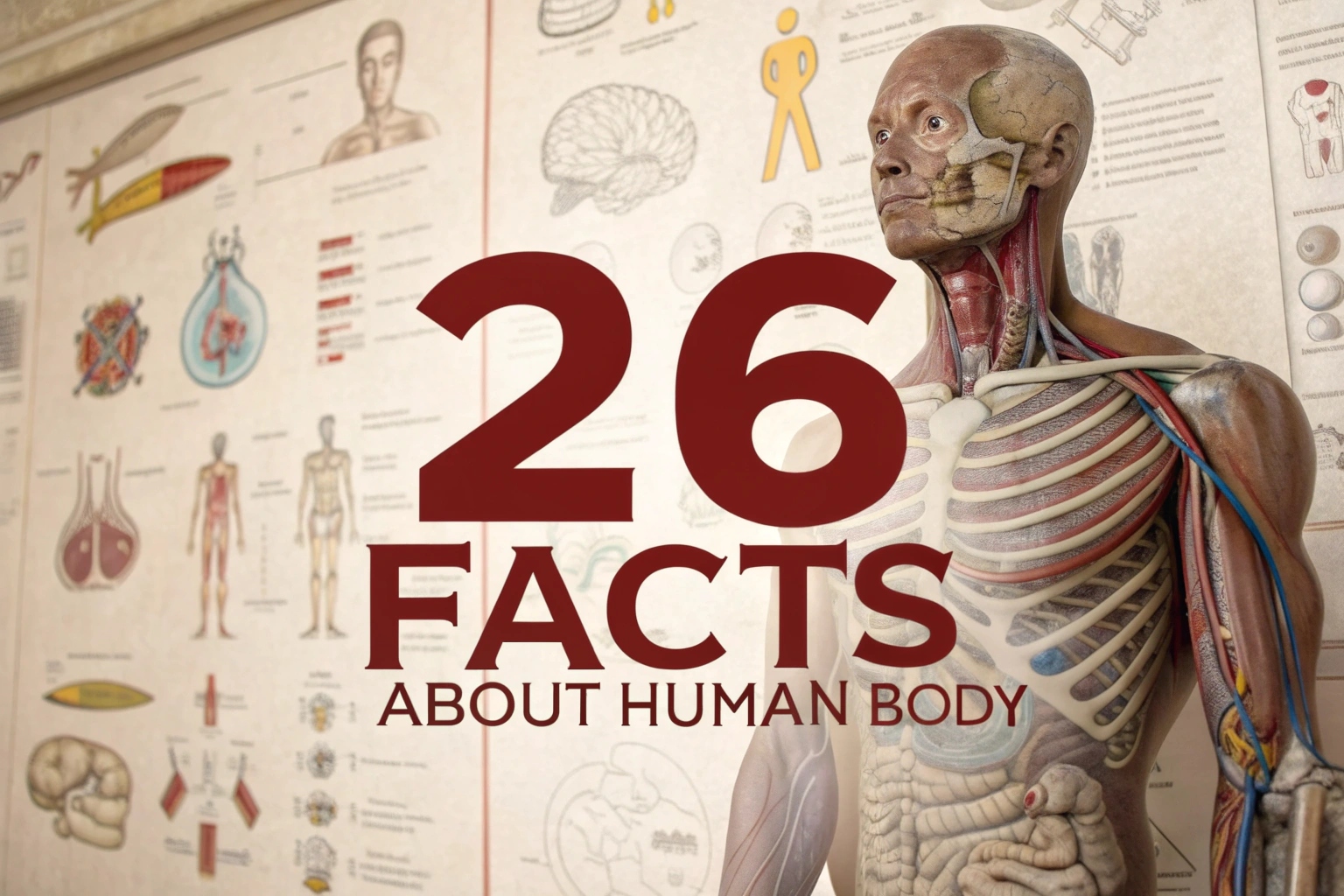World War I, also known as the Great War, was a global conflict that lasted from 1914 to 1918. It was one of the deadliest wars in history, with millions of people killed or wounded. Despite its significance, there are many lesser-known facts about the war that are fascinating and shocking, Here are 29 of them.
1. The War Saw the Rise of Military Psychology
Military psychology emerged as a field during World War I, as psychologists and psychiatrists worked to understand and treat the psychological trauma experienced by soldiers.
This included the diagnosis and treatment of shell shock, a condition that would later be recognized as post-traumatic stress disorder (PTSD).
2. The Introduction of Convalescent Homes
Convalescent homes were established during the war to provide care and rehabilitation for wounded soldiers. These homes offered a range of services, including medical treatment, physical therapy, and occupational therapy, to help soldiers recover from their injuries.
3. The War at Sea was Fought with Minelayers
Minelayers were ships that laid underwater mines to attack enemy vessels. These ships played a crucial role in the war at sea, and were used by both the Allies and Central Powers to disrupt enemy supply lines and shipping lanes.
4. The Harlem Hellfighters
The Harlem Hellfighters, also known as the 369th Infantry Regiment, was an African American regiment that fought with distinction in France.

Despite facing racism and segregation, they earned a reputation as one of the most formidable units in the war.
5. The Use of Poison Gas
The first large-scale use of poison gas occurred in 1915, when Germany released chlorine gas on the battlefield. This new form of warfare was horrific and killed thousands of soldiers.
6. The Tunnels of the Western Front
The Western Front was crisscrossed with tunnels, which were used for mining, sabotage, and other military purposes. These tunnels were often dug by hand, and were extremely hazardous for the soldiers who worked in them.
7. The Introduction of Flamethrowers
Flamethrowers were first used in World War I, particularly by the German military. These terrifying weapons were used to clear trenches and fortifications, and were feared by soldiers on both sides of the conflict.
8. The War Effort was Supported by Women
Women played a crucial role in supporting the war effort, working in factories, on farms, and in other roles that helped to keep the war machine running. They also served as nurses, drivers, and in other military support roles.
9. The War was Fought with New Forms of Propaganda
The war saw the use of new forms of propaganda, including film, radio, and posters. These technologies allowed governments to reach a wider audience and shape public opinion in ways that were previously impossible.
10. The War Started with a Assassination
The assassination of Archduke Franz Ferdinand of Austria-Hungary by Gavrilo Princip, a Serbian nationalist, sparked the war. This event led to a chain reaction of diplomatic crises and military mobilizations that eventually escalated into a global conflict.
11. The Introduction of Aerial Bombardment
The war saw the first widespread use of aerial bombardment, with airplanes dropping bombs on enemy cities and military targets. This new form of warfare raised concerns about the safety of civilians and the rules of war.
12. The Use of Balloons for Reconnaissance
Balloons were used for reconnaissance purposes during the war, particularly for spotting enemy artillery and troop movements. These balloons were often tethered to the ground, and were used to gather intelligence and direct artillery fire.
13. The War was Fought in Africa and Asia
The war was not just fought in Europe, but also in Africa and Asia. Colonial empires clashed in these regions, with the Allies and Central Powers vying for control of territory and resources.
14. The Trenches were Often Flooded
The trenches on the Western Front were often flooded, making life for soldiers even more miserable. The flooding was caused by poor drainage, heavy rainfall, and the destruction of nearby waterways.
15. The War Effort was Supported by Children
Children as young as 10 years old were involved in the war effort, working in factories, farms, and other roles to support the military. They also participated in scrap metal drives, knit socks, and scarves for soldiers, and helped with other wartime activities.
16. The Russian Revolution Changed the Course of the War

The Russian Revolution of 1917 led to the withdrawal of Russia from the war, allowing Germany to focus its military efforts on the Western Front. This shift in the balance of power had a significant impact on the outcome of the war.
17. The Introduction of Tanks
The first tanks were introduced by the British in 1916, and they revolutionized warfare. The first tank, called “Little Willie,” was a prototype that paved the way for the development of modern armored vehicles.
18. The Red Baron’s Flying Circus
Manfred von Richthofen, also known as the Red Baron, was a German fighter pilot who led a flying squadron called the “Flying Circus.” He was one of the most famous pilots of the war, with 80 confirmed air combat victories.
19. The Use of Cavalry was Limited
Despite the traditional importance of cavalry in warfare, the use of cavalry was limited in World War I. The introduction of machine guns, tanks, and other technologies made cavalry charges increasingly ineffective.
20. The Christmas Truce of 1914
During the first Christmas of the war, Allied and German soldiers along the Western Front spontaneously ceased fighting and exchanged gifts, sang carols, and even played soccer together. This event became known as the Christmas Truce of 1914.
21. The War Saw the Rise of New Nations
The war saw the rise of new nations, including Poland, Czechoslovakia, and Yugoslavia. The redrawing of the map of Europe after the war created new opportunities for self-determination and state-building.
22. The Trenches were Infested with Rats
The trenches on the Western Front were notorious for their poor living conditions, including infestations of rats, lice, and other pests. These conditions led to the spread of diseases and made life in the trenches even more miserable.
23. The War at Sea was Brutal
The war at sea was marked by brutal tactics, including the use of submarines to attack merchant ships and passenger liners. The sinking of the Lusitania in 1915, which killed over 1,000 civilians, outraged the public and helped shift opinion against Germany.
24. The Development of Sonar
The war saw the development of sonar, a technology that uses sound waves to detect underwater objects. This technology was first used to detect submarines, but it has since been adapted for a wide range of applications.
25. The War Saw the Use of Spy Animals
Both the Allies and Central Powers used animals, such as dogs, pigeons, and even bats, for espionage and messaging purposes. These animals were trained to carry messages, detect gas attacks, and even kill enemy soldiers.
26. The Russian Army was Huge but Ineffective
The Russian Army was one of the largest in the world, but it was also notoriously ineffective. Corruption, poor leadership, and lack of training made it difficult for Russia to achieve its military objectives.
27. The War Saw the Introduction of New Medical Technologies
The war saw the introduction of new medical technologies, including the use of X-rays, blood transfusions, and plastic surgery. These innovations helped to save the lives of countless soldiers and civilians.
28. The Treaty of Versailles was Controversial
The Treaty of Versailles, which officially ended the war, was highly controversial. The treaty imposed harsh penalties on Germany, including significant territorial losses and reparations, which many Germans saw as unfair and humiliating.
29. The Armistice was Signed on November 11, 1918
The Armistice that ended the war was signed on November 11, 1918, at 11am. This marked the end of hostilities on the Western Front, and paved the way for the Treaty of Versailles, which officially ended the war in 1919. The armistice has since been commemorated as Armistice Day, and is still observed in many countries around the world.
Gain More Eye-Opening Information:
25+ Quick Facts to Make You the Smartest Person at Parties
30 Shocking Atomic Bomb Facts You Need to Know!
30 Fascinating Earth Facts You Need to Know Today





